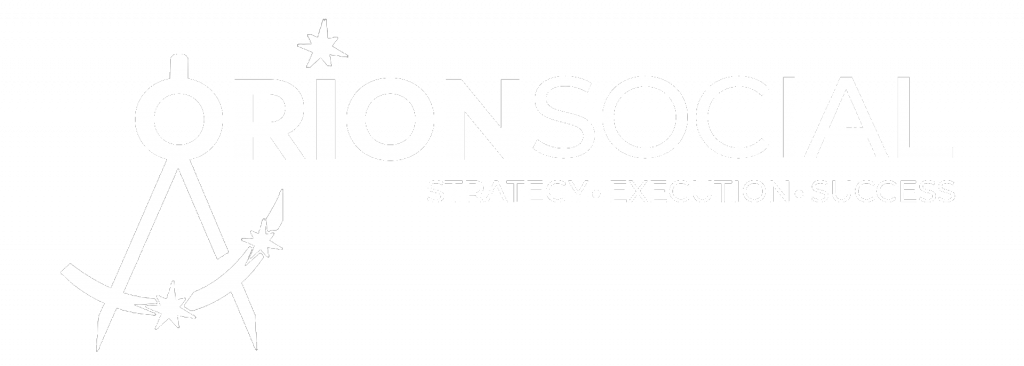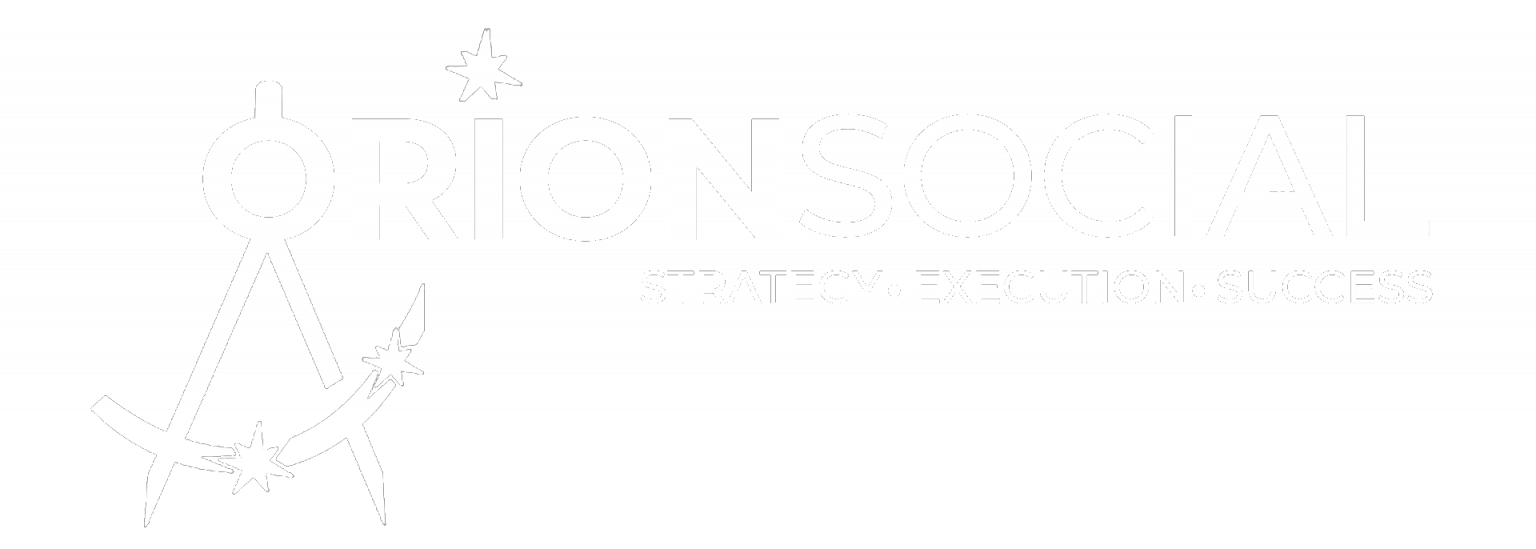One of the usual popular and successful marketing methods available possible on the Internet today
is Pay Per Click Advertising. Pay Per Click Advertising or Pay Per Click search engine marketing,
sometimes called. One of the best ways for anyone to get immediate results (visitors to their website,
sales, whatever).
The catch is that since it’s so effective and popular, the costs have increased dramatically. What was
once a very economical system to advertise your product and service had become more competitive
and costly. Pay Per Click management involves not only the impact of your campaigns but trying to
keep the costs down to acceptable levels.
Google Adwords is by numerous used Pay Per Click advertising methods. Since Google is the most
popular search engine, it has the most opportunity to display ads alongside the natural search results.
The advertiser only pays for the ads if a searcher clicks on their displayed advertisement. So it
provides a great opportunity for companies of any size to advertise and only pay if the ads clicked on
by a searcher.
The recent explosive growth had created great competition for this ad space. What once cost .05 to
.10 per click, now may cost over $1.00 per click since so many people are now ads and competing for
the same space. Depending on your profit margin amount may even keep some companies from
using this method of marketing.
So due to the ever-increasing cost, companies are looking for ways to get the best blow for their
on Pay Per Click Advertising. A good formula to apply to determine your budget on any advertising is
to take the net profit on any sale and divide it by the cost of each click (example – you sell a product
that nets you $20, and your quantity of sales to visitors (conversion ratio) is 2 sales to 100 visitors, so
you divide the number of guests by the net ($40 by 100) and you get. Forty per click max cost). You
bid over that cost, and you lose money (using the sample. Forty would be the max you could pay and
even then you’d be launching it).
Using that report, you can determine your budget for any Adword campaign. The catch here is that
many times the competition can drive the cost above your budget for many popular and effective
keywords or phrases.
And so the game begins. Advertisers are constantly looking for new keywords or phrases that either
don’t have the competition (and therefore high cost). Keyword research becomes critical to success.
But there are other ways to play the game, and one is to reduce your cost via Google’s assigned
Quality Score.
One of the often-overlooked areas to reduce Google Adwords campaign cost is doing SEO (search
engine optimization) on your landing page and website. One of the best side benefits of using proper
SEO methods for organic search results are that you also get better value on your cost per click of your
Adword campaigns.
Google has a “quality score” they assign to every keyword or phrase in each of your ad groups (an ad
group is a group of keywords and phrases tied in with a specific ad in your campaign). This quality
score can now be displayed on every word. To find out how just search the Adwords help section.
This quality score is based on several attributes that decide. The relationship of the content between
the ad, the landing page, and click-through rate (CTR) for that keyword or phrase. There are three
scores that I have to see noticed (there may be more), Good, OK, and Poor. Good suggests that your
keyword matches well with your ad and your landing page. OK means that you’re close, but not the
best, and means that you had better change something.
Of course, there’s also that dreaded Inactive, which means you are not even near the link that Google
wants to see between the keyword, CTR, ad, and landing page. And you can either raise your bit to
$10 or get your keyword, CTR, ad, and landing page in sync.
How to Ranking for Seo in Google.
Here’s Google’s definition:
A Quality Score is a basis for measuring the quality and importance of your ads and planning your
minimum CPC bid for Google and the search network. This score is determined by your keyword
click-through rate (CTR) on Google, and the importance of your ad text, keyword, and landing page.”
Google rewards or penalizes you in the price of a click-based in part on that score. “Good” keywords
get a below-cost than “Poor” ones. How much difference? Well, it’s tough to say unless you can see
what state the SEO is in on the landing page.
I’ve seen as much as a 30% size in cost. I know that many of the Adwords users don’t care about
natural or organic search results initially. They plan on using Pay Per Click advertising methods to
drive traffic to their websites right from the beginning.
So many times they haven’t even done the most basic SEO on their landing pages. And the impact
can be dramatic. Sometimes we tweak the ad a little, to make a better fit between the Adgroup and
landing page too.
What’s impressive, is Google immediately rewards better SEO. I have seen the results of good SEO
on a topic of hours, at most in one day. And if you want to see a happy advertiser, have them login to
their Adwords account the day after they do some useful SEO work. You can beat that smile off their
face.
That’s one of the biggest positive factors with Adword campaigns, quick gratification on any changes.
It’s always a good business method to track all changes and results. No matter how well your
Adwords campaign is doing, it can normally do better. And small changes can have a high impact on
results, even on your landing pages.
So my advice to any Adwords users is to take a hard see at your landing page SEO. You not only get
the profits of better organic search rankings, your Pay Per Click costs can go down too. And with the
competition being so fierce, any way to reduce your cost can count.

